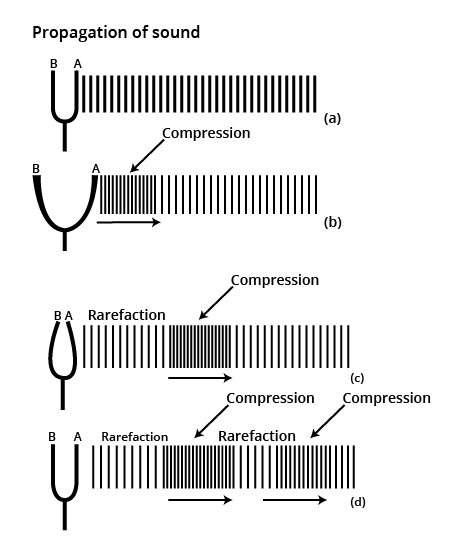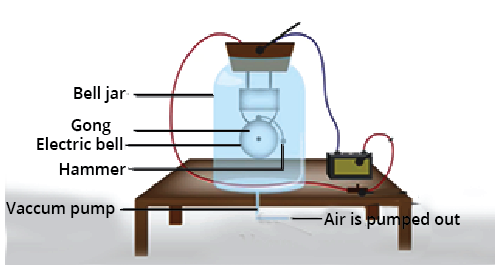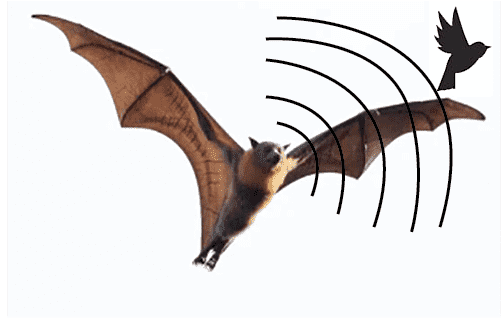CBSE Science Chapter 11 Class 9 Sound Notes: FREE PDF Download
Sound Class 9 Notes: CBSE Science Chapter 11
FAQs on Sound Class 9 Notes: CBSE Science Chapter 11
1. How do sound waves vary from light waves?
Sound waves need a medium to travel whereas light waves can travel in a vacuum. Sound waves are not stopped but rather propagated by solid mediums. Light waves cannot pass through opaque solid mediums. Refer to Sound Chapter notes Class 9 to find more characteristics of sound waves.
2. How can you study Sound properly?
Study the chapter and follow the concepts. Find a simpler explanation of these concepts in Chapter 11 Science Class 9 notes. Use it as a reference and build your foundation of knowledge.
3. What is a megaphone?
A horn-like tube is called a megaphone, where the sound waves are trapped in the air inside the tube because of consecutive reflections, preventing them from spreading out.
4. How will the CBSE Class 9 Revision Notes on Science Chapter 11 - Sound help me?
The CBSE Class 9 Revision Notes on Science Chapter 11 - Sound, by Vedantu, will help you revise the chapter and its important topics and concepts thoroughly, in a short period of time, touching upon all the major areas that need close attention. You will be fully prepared for the concepts from which most of the questions are likely to be asked in the examination.
5. Why should I download the Class 9 Sound notes?
The notes offer a comprehensive overview, aiding in a better understanding of Science Chapter 11, and they are available for free download.
6. How can these notes help in exam preparation?
The notes provide key insights, prioritizing important topics and questions, making them an efficient tool for exam readiness.
7. Are practical examples included in the notes?
Yes, the notes incorporate practical examples for a real-world connection, enhancing the understanding of Class 9 Science Chapter 11 - Sound.
8. What topics are covered in the Class 9 Sound Notes?
Class 9 Sound Notes cover key topics such as the production of sound, propagation of sound through different mediums, sound waves, frequency, amplitude, speed of sound, reflection, and echo. It also includes the application of concepts like sonar and the Doppler effect.
9. Where can I download the Class 9 Chapter Sound Notes?
You can download the Class 9 Chapter Sound Notes from our Vedantu Website which offers free CBSE study materials.
10. What is the importance of learning sound waves from the Class 9 Science Chapter Sound Notes?
Learning Class 9 Science Chapter Sound Notes is crucial for understanding how sound travels, its properties like frequency and amplitude, and its applications in real life. These concepts are fundamental for answering both theoretical and numerical questions in exams.
11. How do the Sound Class 9 Notes PDF explain the speed of sound?
Sound Class 9 Notes PDF explains that the speed of sound depends on the medium through which it travels. It is faster in solids, slower in liquids, and slowest in gases. The notes also provide the formula for calculating the speed of sound.
12. Why are echoes and reflection of sound important topics in the Class 9 Science Chapter 11 Notes?
Echoes and the reflection of sound are important topics because they explain how sound bounces off surfaces and how we hear reflected sound waves. These concepts are also essential for understanding applications like sonar and calculating the distance of objects using sound waves.\




















 Watch Video
Watch Video


















